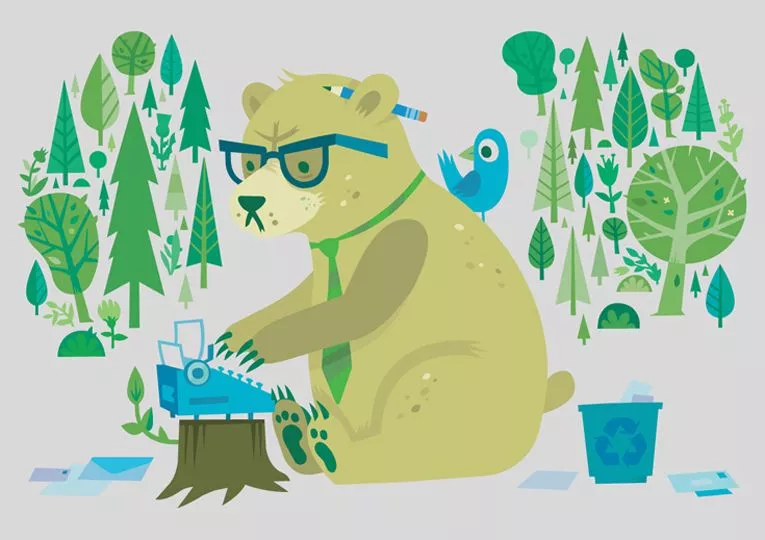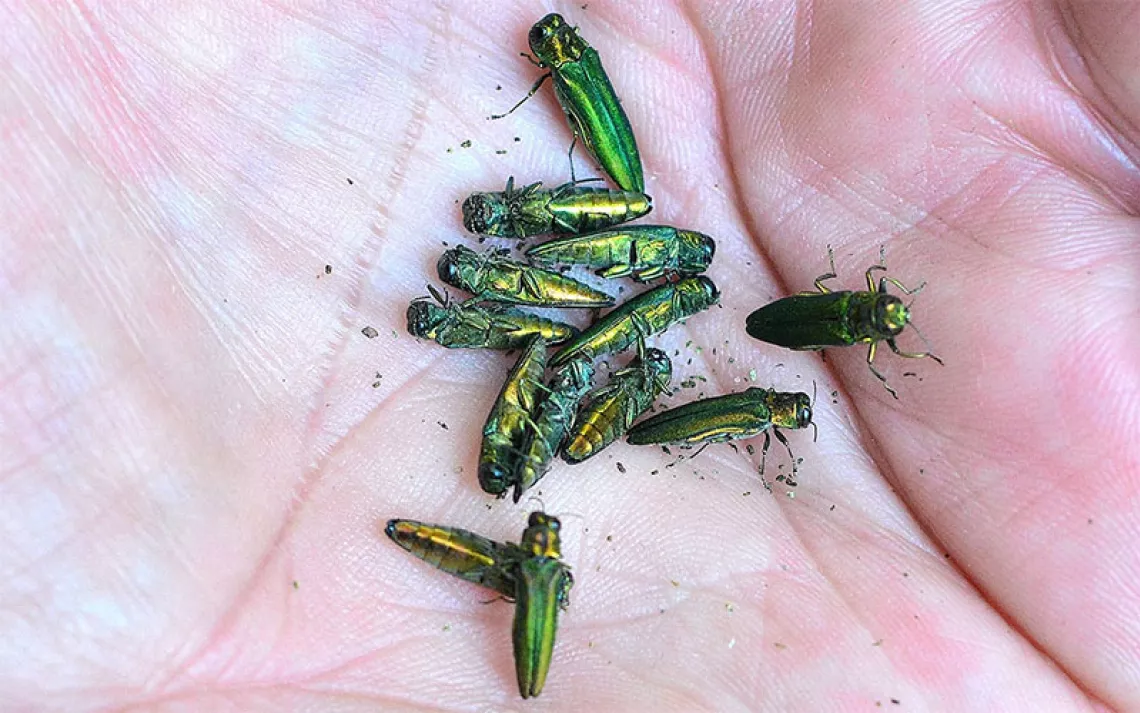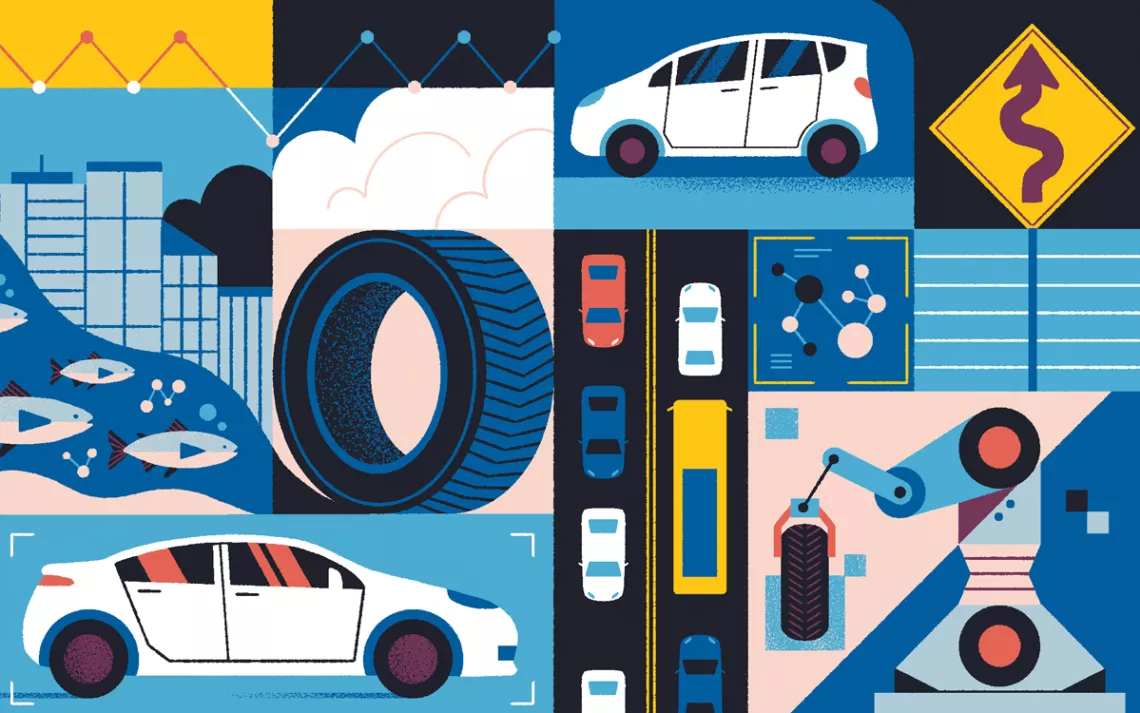Mr. Green, What About the Butts?
The environmental impact of a tossed cigarette butt

Hey Mr. Green,
What happens to cigarette butts? In a 45-foot span of country road by my house, I picked up 18 filters flicked by drivers in just two weeks. Walk a mile down this road and keeping count is impossible. What’s their environmental impact?
—John in Woodcliff Lake, New Jersey
The fire hazards from flaming butts are obvious, but even duly extinguished ones pose problems. Every year the United States is covered by 55,000 tons of nonbiodegradable cigarette filters; they are, in sheer numbers, the world’s most prodigious source of litter. Since filters trap the toxic stuff in cigarettes that causes cancer and other health problems, it’s not surprising that research shows that they can be toxic to aquatic life.
While fear of the Grim Reaper has happily driven millions to quit puffing, one consequence is that once-ubiquitous ashtrays have vanished, meaning that the 42 million remaining adult smokers may be tossing even more butts onto sidewalks and into storm drains than in the heyday of Queen Nicotine. That’s why the anti-butt people at Keep America Beautiful propose simply making more ashtrays available. Other suggested measures aimed at cutting butt volume include printing warnings about their hazards on cigarette packs, increasing taxes to cover the high cost of cleanup, and charging a butt deposit, the same way we do for beverage containers.
 The Magazine of The Sierra Club
The Magazine of The Sierra Club



